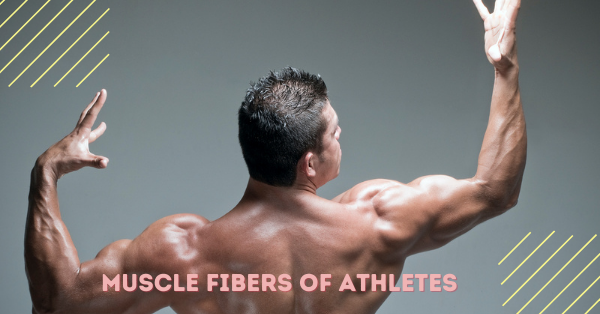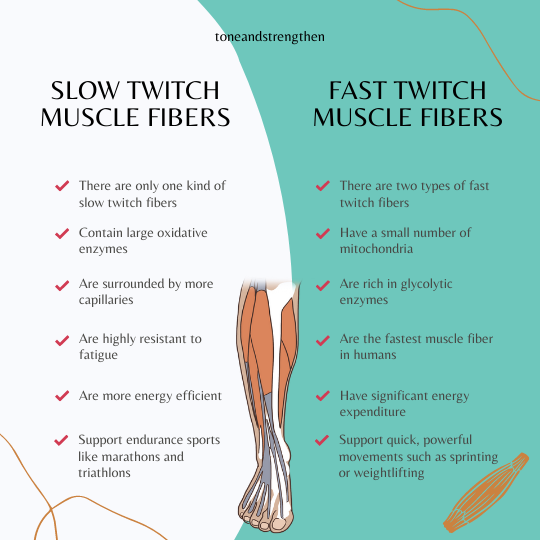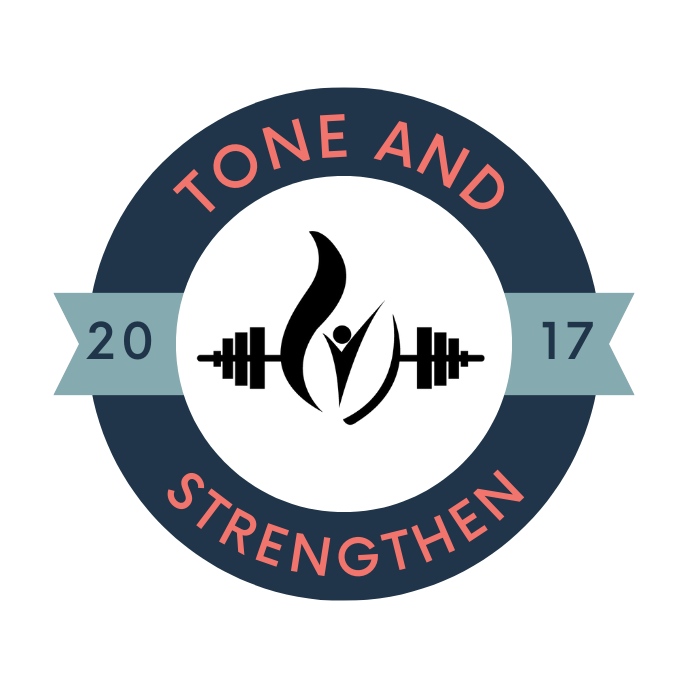
Debunking the Myths about Athletes Muscle Fibers
Last week, I talked to a running coach who said to me that long distance runners always have a great concentration of slow-twitch muscle fibers in their body, but for speed, we also need to develop fast twitch muscle fibers in runners. I thought to myself, YES, that’s it! I need to condition my fast-twitch muscle fibers to speed up the runners. There are many misconceptions about Athletes Muscle Fibers.
Have you heard the slow-twitch and fast-twitch muscle fibers being thrown around as fancy physiology terms among runners? Are you curious about what these terms mean? I figured you might, and that’s why I wrote this blog post. Don’t worry; you don’t need a physiology degree to follow along with it’s very simple. By getting the basic knowledge about different muscle fibers and how they work, you can learn how to use your training plans to target these muscles to see performance enhancement in your races.
How are the Athletes Muscle Fibers Typed?

The number of slow twitch and fast-twitch muscle fibers are estimated in a lab by removing a small piece of the muscle. Chemical analysis by staining the agents is performed on the muscle fiber. The muscle fiber is tagged with a particular type based on different myosin proteins found in muscle fibers. More on the characteristics of the muscle fibers is explained below.
This process is a very generalized way of typing muscle fibers. A couple of limitations of this Type is that fiber typing is performed on only one muscle group. Second, the small sample of fibers from a single area may not represent the total fiber type in the body.
Types Of Muscle Fibers
Skeletal muscles are responsible for muscle movement. Human skeletal systems can be divided into a few major classes based on biochemical characteristics.
Muscle fibers are classified into slow Type – I or slow-twitch fibers and fast Type II or fast-twitch fibers. Only one Type of slow-twitch muscle fibers exists in human muscles. Two different kinds of fast-twitch muscle fibers exist type IIa and Type IIb.

Slow Twitch Type I
Slow-twitch muscle fibers contain large oxidative enzymes myoglobin and are surrounded by more capillaries (2). Because of these properties of slow-twitch muscle fibers are ideal for aerobic metabolism and are highly resistant to fatigue. Slow-twitch muscle fibers are more efficient than fast-twitch muscle fibers. This distinction is essential because efficient muscle fibers require less energy than less efficient fibers(2). Yes, I know. HELLO endurance! Because of this, slow-twitch fibers are fantastic for marathoners and triathletes (1).
Fast Twitch Type IIx
Type IIx fibers have a relatively small number of mitochondria, have limited aerobic or oxygen-based metabolism capacity, and have less fatigue resistance than slow fibers. They are not all that useless, though.
These muscle fibers are rich in glycolytic enzymes, making them the fastest muscle fiber in humans (2). They also produce the highest power output of all muscle fibers. This power output comes at the cost of more significant energy expenditure.
Fast Twitch Type IIa
Type IIa fibers are also known as intermediate fibers. They are a blend of oxidative and glycolytic fibers (2). I know I am using too many fancy terms in a sentence. The science geek in me loves these terms. All that means is the characteristic of these fibers is somewhere between Type I and Type IIx fibers. Tempo runs target slow-twitch and intermediate muscle fibers.
Though some muscles are predominantly fast or slow-twitch muscle fibers, most muscles in the body contain a mixture of both slow and fast-twitch fiber types. The percentage of the respective fiber types contained in skeletal muscles can be influenced by
- Genetics
- Blood levels of hormones
- Exercise habits of the individual
Myths About Athletes Muscle Fibers
There are many misconceptions about the muscle fibers among runners.
Runners exclusively have a single muscle fiber type. Every human has all the muscle fiber types. Most muscles have an equal amount of Type – I and Type – II fibers. Although the classification of muscle fibers is convenient to understand the functional properties of these fibers, each fiber exhibits a wide range of contractile properties. Each fiber exhibits blended qualities of more than one single fiber type (2).
We can’t train to improve how our fibers function. That’s a myth too. One of the reasons a particular fiber type is more efficient in humans is the type of exercises we perform. Regular exercise training can modify both human muscle fibers’ biochemical and contractile properties (2).
We can’t alter the percentage of each muscle fiber type we have. Skeletal muscle fibers are adaptable. They respond to exercise by increasing the expression of multiple genes. Exercise-induced muscle change is specific to training volume, intensity, and frequency (2).
Therefore, we can manipulate and improve all three of these muscle fiber qualities. Now that you know more about muscle fibers you can use your training to strengthen the weak fiber types.
References
1-doi: 10.1519/JSC.0b013e318234eb6f.
2- https://dx.doi.org/10.1002%2Fwdev.230

This Post Has 0 Comments